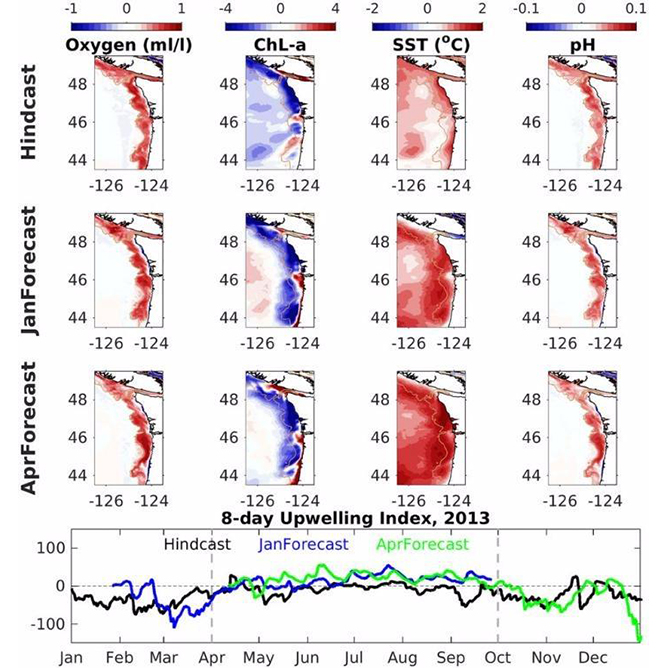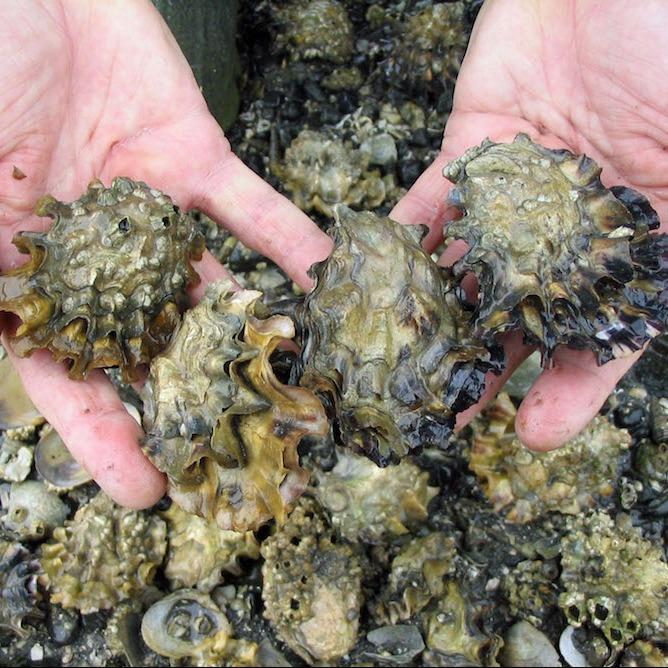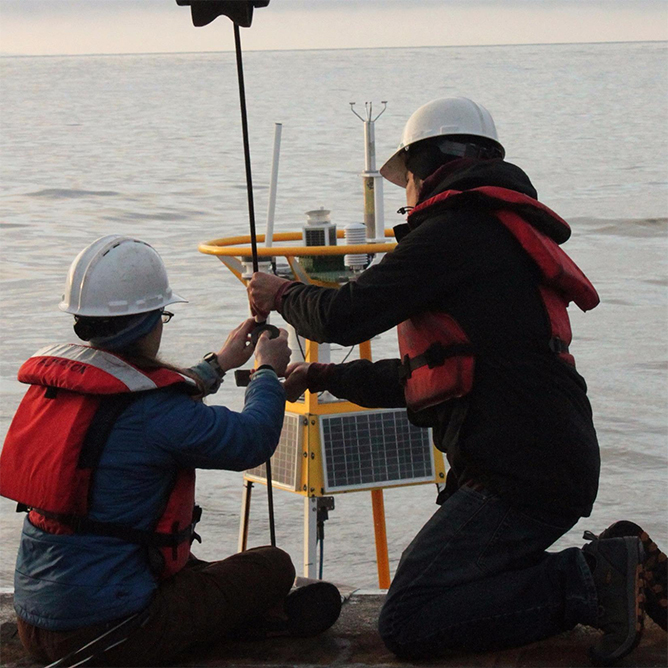Quantifying Net Community Production and Calcification at Station ALOHA Near Hawai’i: Insights and Limitations From a Dual Tracer Carbon Budget Approach
A budget approach is used to disentangle drivers of the seasonal mixed layer carbon cycle at Station ALOHA (A Long-term Oligotrophic Habitat Assessment) in the North Pacific Subtropical Gyre (NPSG). The budget utilizes data from the WHOTS (Woods Hole—Hawaii Ocean Time-series Site) mooring, and the ship-based Hawai’i Ocean Time-series (HOT) in the NPSG, a region […]


